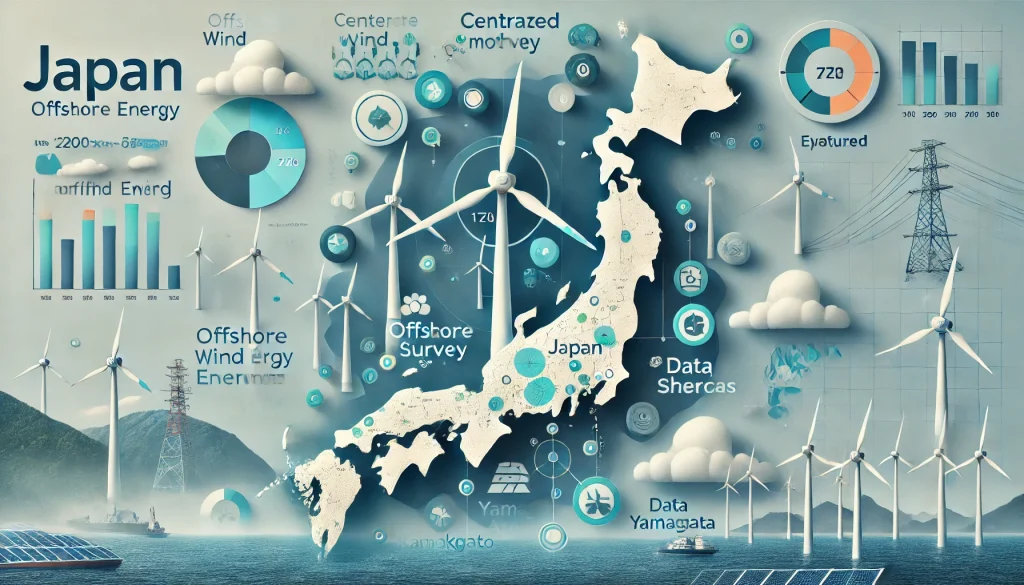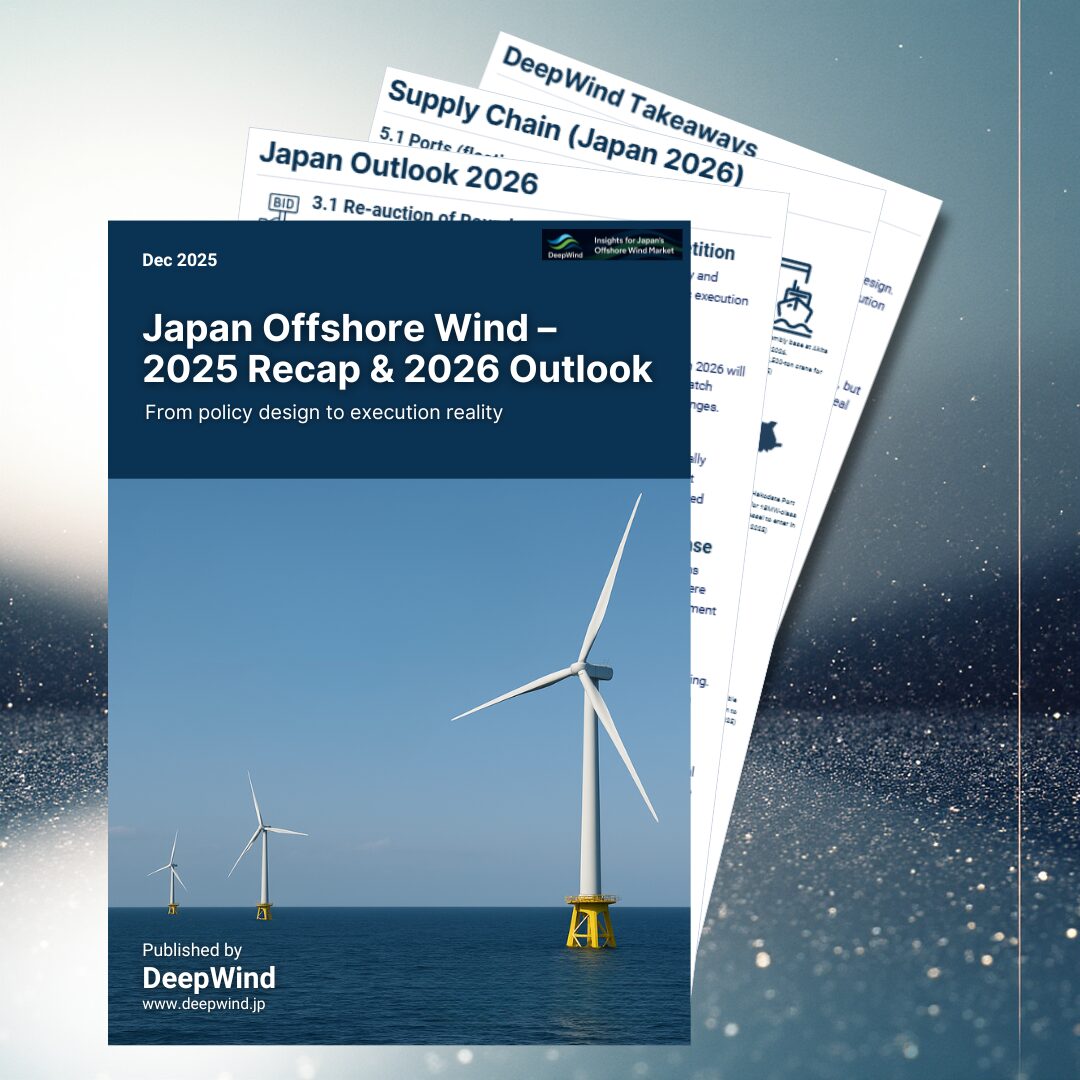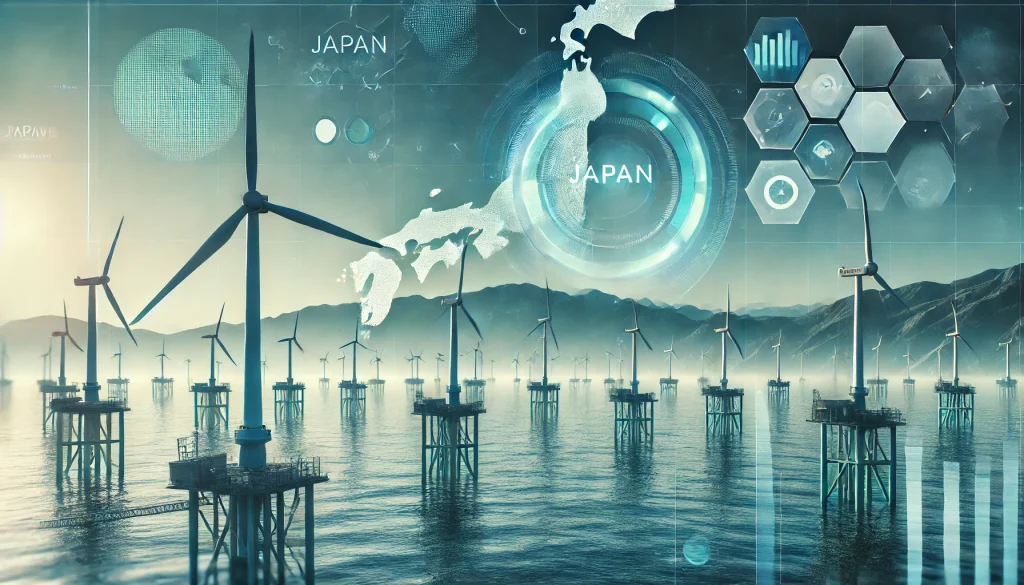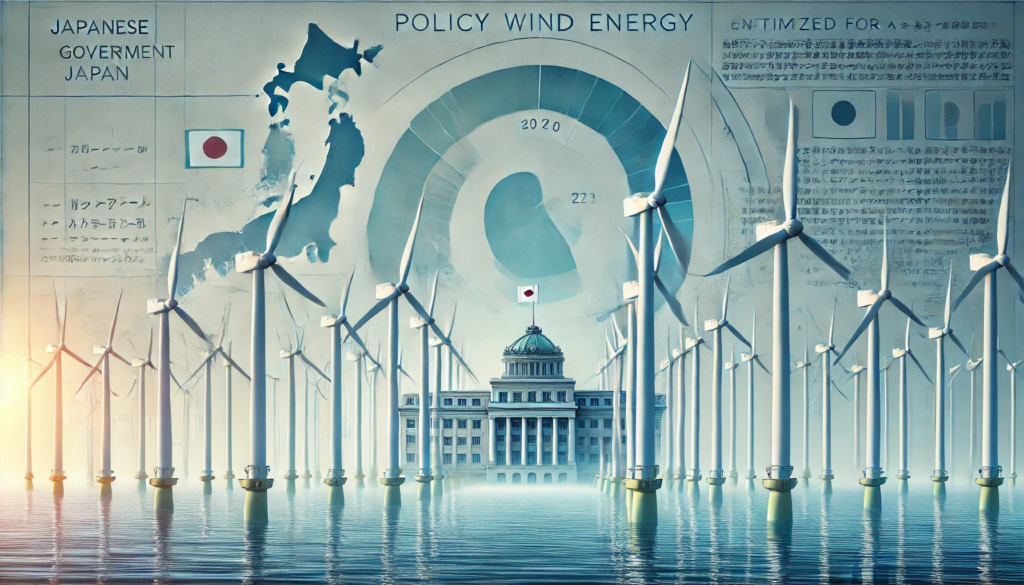Introduction
The Japanese government is embracing the “Centralized Method” to accelerate the development of offshore wind energy. By centralizing key surveys and project planning, this approach aims to streamline the deployment process, reduce costs, and minimize conflicts with local stakeholders. Here’s a detailed look at how this strategy is shaping Japan’s offshore wind energy future.
While this article focuses on a specific topic, those looking to understand Japan’s overall offshore wind policy and regulatory framework should also read our comprehensive summary here:
👉 Japan’s Offshore Wind Policy & Regulatory Framework: Laws, Permits, and Support Schemes
While this article focuses on a specific cost-related aspect, we recommend this summary article for a comprehensive overview of offshore wind cost structure and economic outlook:
👉 Cost Structure and Economics of Offshore Wind
1. What is the Centralized Method?
Under the Centralized Method, the Japanese government, through organizations like JOGMEC, takes responsibility for conducting essential environmental and geological surveys required for offshore wind power projects. This data is then provided to potential developers, streamlining the project bidding and development process.
2. Key Features of the Centralized Method
1. Government-Led Surveys:
- JOGMEC conducts wind condition and seabed geological surveys.
- Survey results are shared with developers to ensure consistent and reliable data for project planning.
2. Minimized Local Disruption:
- By avoiding overlapping surveys by multiple developers, the method reduces conflicts with local communities, particularly fishermen.
3. Improved Fairness and Competition:
- A standardized approach ensures a level playing field for all developers during the bidding process.
3. Benefits of the Centralized Method
Cost Reduction: Developers save on preliminary survey expenses, allowing them to focus resources on project implementation.
Accelerated Timelines: Standardized surveys and project frameworks shorten lead times for offshore wind projects.
Enhanced Collaboration: A unified approach fosters better coordination between developers, the government, and local communities.
4. Challenges to Address
- Effective data sharing and transparency will be critical to ensure the success of this system.
- Ongoing discussions are needed to refine regulatory frameworks, particularly for projects in the Exclusive Economic Zone (EEZ).
💡 For a complete overview of offshore wind costs, read
our Complete Guide to Offshore Wind Cost Structure and Economics, covering CAPEX, OPEX, and LCOE in detail.
Conclusion
The Centralized Method represents a transformative approach to offshore wind energy development in Japan. By streamlining surveys, enhancing fairness, and reducing local disruptions, this initiative is setting a new benchmark for renewable energy deployment. As Japan moves closer to its ambitious wind energy goals, the Centralized Method will play a crucial role in driving efficiency and fostering collaboration across stakeholders.
For a broader understanding of Japan’s offshore wind legal system, policy structure, and support measures, be sure to check out our pillar article:
🌊 Japan’s Offshore Wind Policy & Regulatory Framework: Laws, Permits, and Support Schemes
If you’re interested in a deeper understanding of offshore wind costs—including both fixed-bottom and floating projects—don’t miss our in-depth overview article:
🌊 Cost Structure and Economics of Offshore Wind
Explore more categories at DeepWind:
- 🔍Market Insights – Understand the latest trends and key topics in Japan’s offshore wind market
- 🏛️Policy & Regulations – Explore Japan’s legal frameworks, auction systems, and designated promotion zones.
- 🌊Projects – Get an overview of offshore wind projects across Japan’s coastal regions.
- 🛠️Technology & Innovation – Discover the latest technologies and innovations shaping Japan’s offshore wind sector.
- 💡Cost Analysis – Dive into Japan-specific LCOE insights and offshore wind cost structures.



